The U.S. Secret Service rolled out a fleet of advanced military-grade drones to detect and neutralize unauthorized unmanned aircraft systems (UAS), addressing critical gaps exposed during the July 13, 2024, assassination attempt on former President Trump at a Butler, Pennsylvania rally. This move signals a shift toward integrating high-tech aerial reconnaissance into protective operations, potentially setting new standards for drone usage in law enforcement. CBS News provides an inside look at these developments from the agency’s training center.
Advanced Drone Capabilities Transform Threat Detection
Secret Service officials now deploy military-grade drones that elevate aerial surveillance beyond traditional methods. These systems enable agents to identify unauthorized drones in real-time and take immediate action to counter them.
Matt Quinn, the agency’s deputy director, expressed assurance in this upgrade, stating, “Yes, we’re in position now, to not just detect, but to mitigate unauthorized UAS (unmanned aircraft systems).”
This development raises questions about how such technology could influence broader drone regulations and applications. In the Butler incident, the assailant, 20-year-old Thomas Crooks, operated a commercial drone over the rally site for 11 minutes without detection by Secret Service personnel. The new fleet aims to prevent similar oversights by providing comprehensive sky coverage, which could inspire recreational pilots and professionals to adopt similar detection tools for secure operations in crowded, or sensitive areas.
Industry trends show a growing reliance on military-derived drone tech for civilian security, blending high-resolution imaging with rapid response algorithms. These drones likely incorporate features like radar integration and automated flight paths, allowing operators to maintain vigilance over large venues without constant manual oversight. For drone enthusiasts, this highlights the dual-use potential of UAS, serving both recreational flights and critical protective roles, while underscoring the need for robust counter-drone measures amid rising unauthorized incursions.
Upgraded Communication Infrastructure Bolsters Coordination
Building on that, the Secret Service has introduced mobile command posts to streamline interactions with local law enforcement, a direct response to communication failures in Butler. Local police alerts about suspicious activity failed to reach Secret Service counter-snipers due to incompatible radio systems. The new posts, costing between $600,000 and $1.5 million each, facilitate direct radio links, ensuring seamless information sharing.
Quinn emphasized the value of this setup, noting, “This is tremendous to be able to consolidate communications, make sure everyone’s on the same page.”
Such enhancements not only address immediate security needs but also reflect evolving trends in integrated emergency response, where drone data feeds into unified command structures. Professionals in the drone sector might see parallels in how these systems could support coordinated flights during events or surveys, reducing risks from miscommunication.
Real-world implications extend to operational efficiencies, as agents can now relay drone-detected threats instantly to ground teams. This reduces response times and minimizes vulnerabilities, potentially lowering incident rates at public gatherings. For recreational pilots, understanding these protocols could inform safer practices, especially when flying near restricted zones.
Ongoing Reforms and Accountability Measures
The agency continues to refine its approach, with Quinn affirming, “We’re focused today on providing the absolute best technology, the best communications equipment, so that July 13th is never repeated.”
An internal investigation led to the suspension of six personnel without pay on July 11, 2025, following the Butler shooting that wounded Trump and caused one fatality and two injuries among rally attendees.
Quinn conveyed optimism about progress, saying, “I’m confident that we are getting there.”
These steps illustrate a commitment to accountability, which could influence policy shifts in drone oversight across federal agencies. As drone technology advances, this case exemplifies how failures drive innovation, prompting stakeholders to prioritize detection and mitigation strategies.
In the post-Butler era, these changes position the Secret Service at the forefront of UAS-integrated security. Drone professionals and pilots stand to benefit from the spillover effects, such as improved tech accessibility and heightened awareness of aerial threats, fostering a safer environment for all users.
Discover more from DroneXL.co
Subscribe to get the latest posts sent to your email.
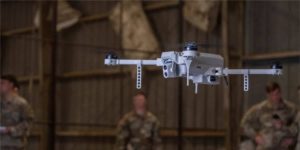
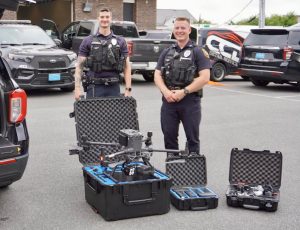


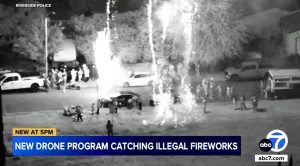
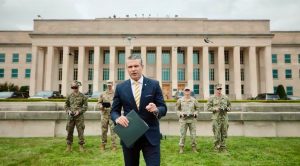
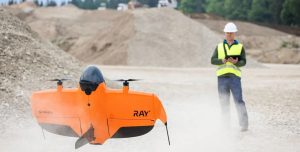
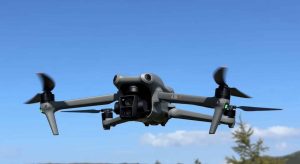
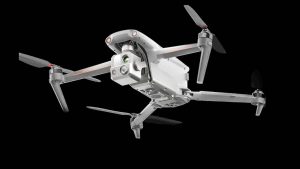
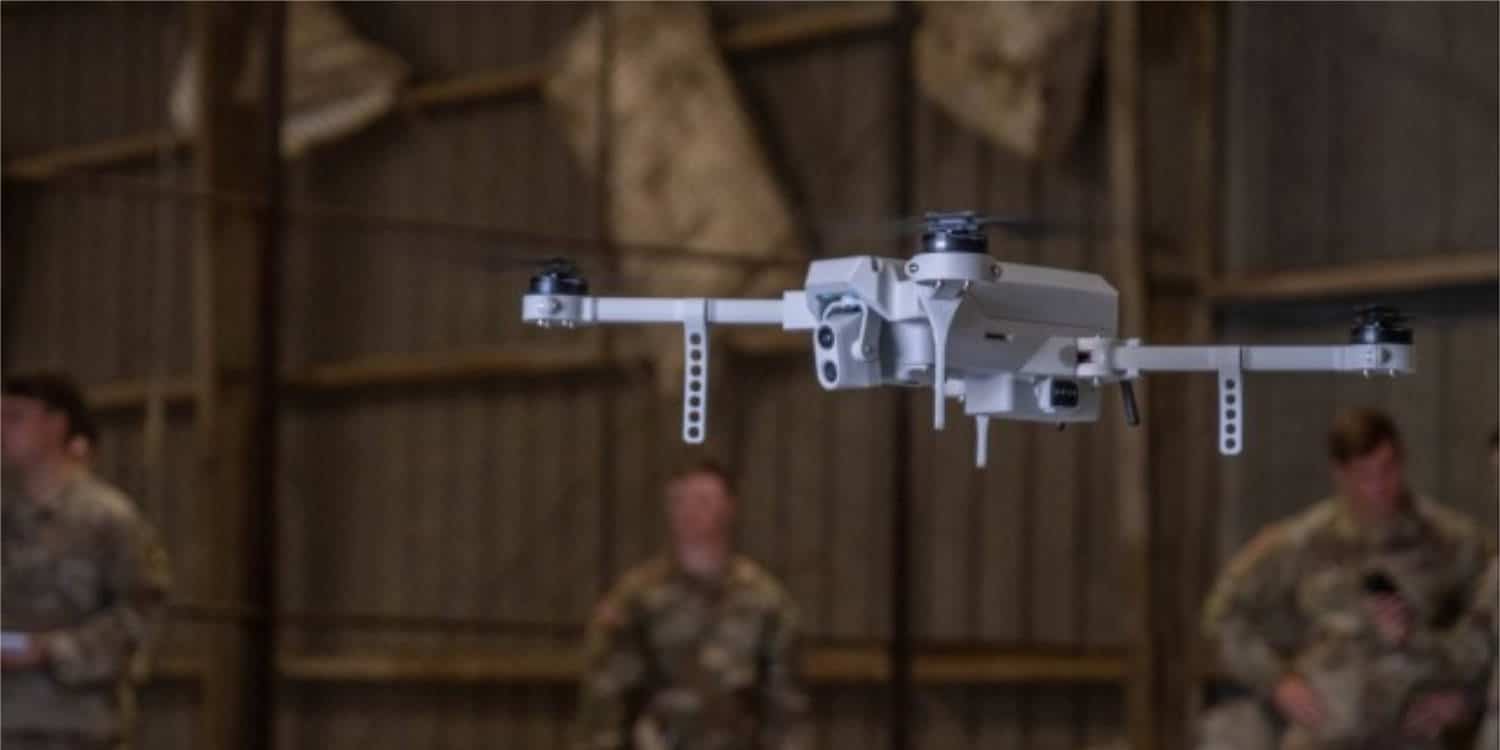
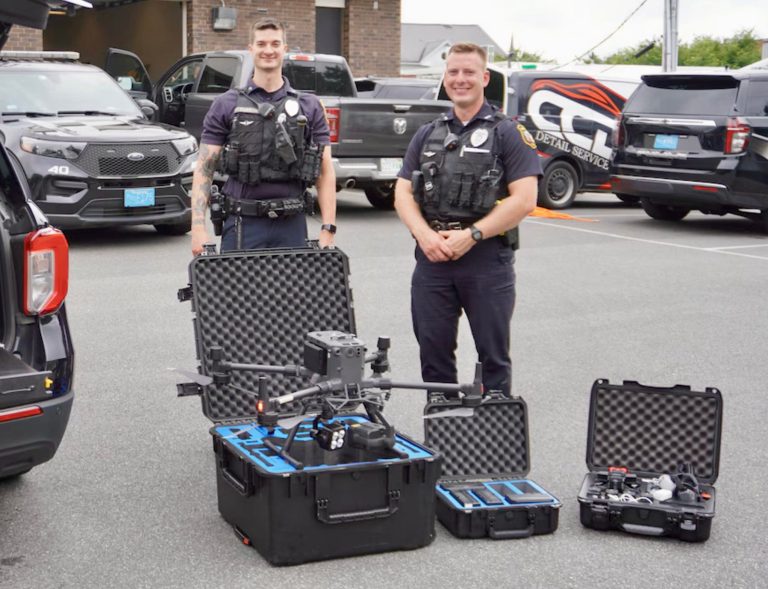
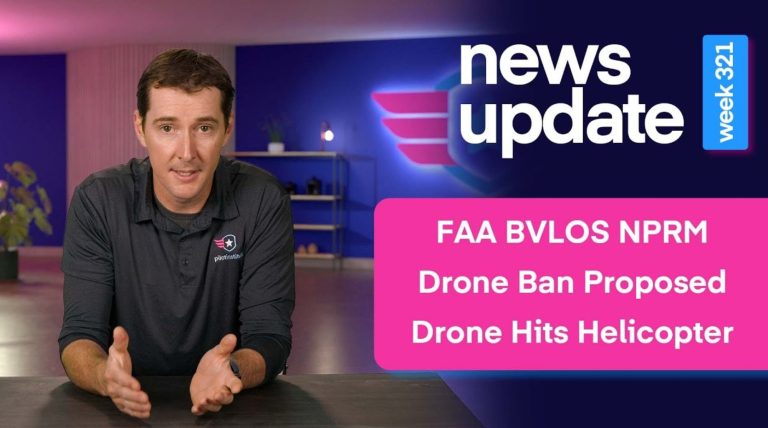

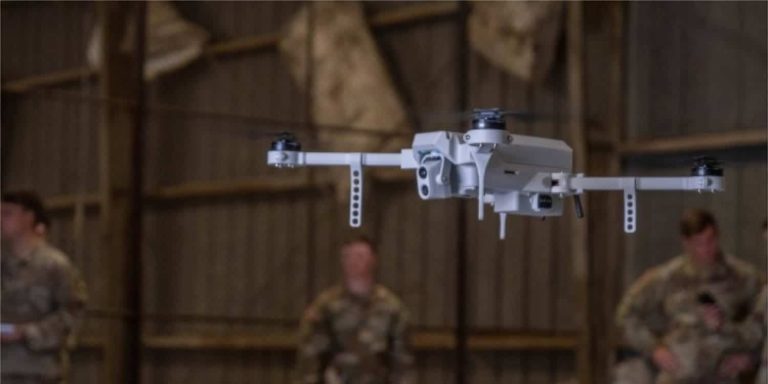
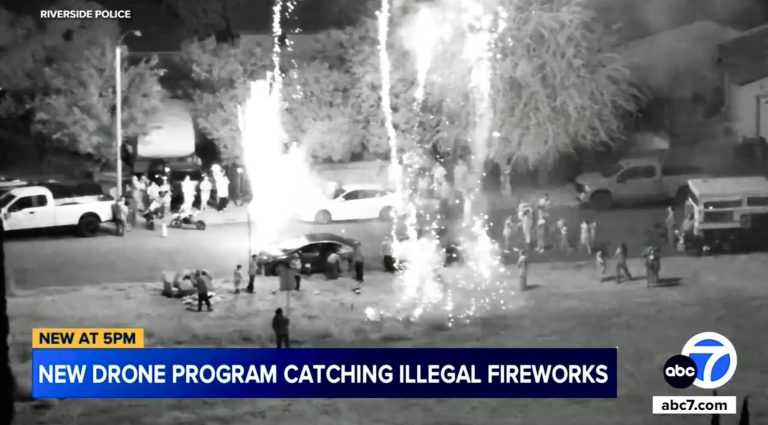
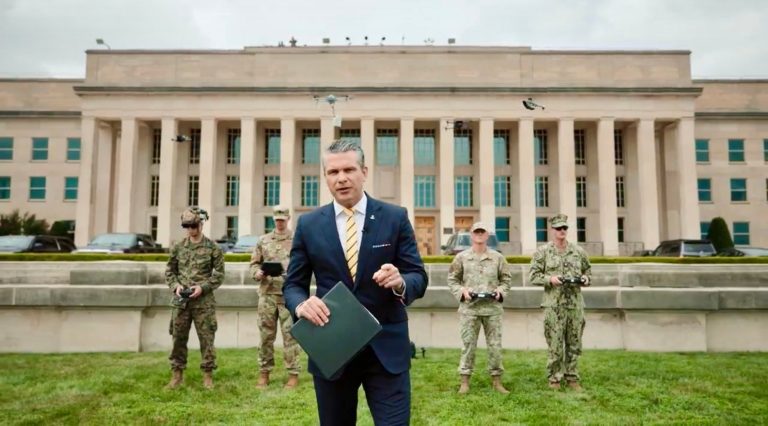
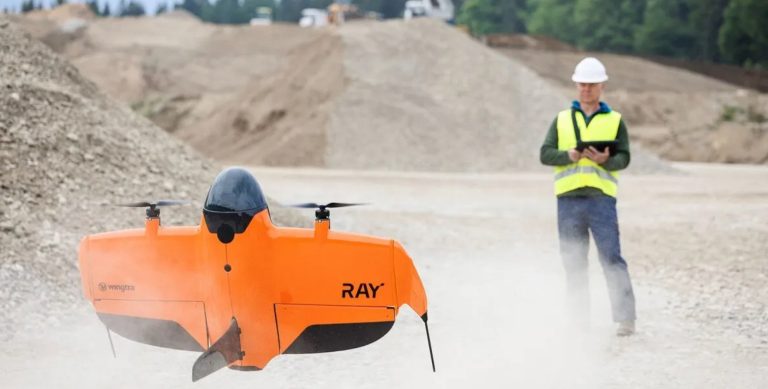
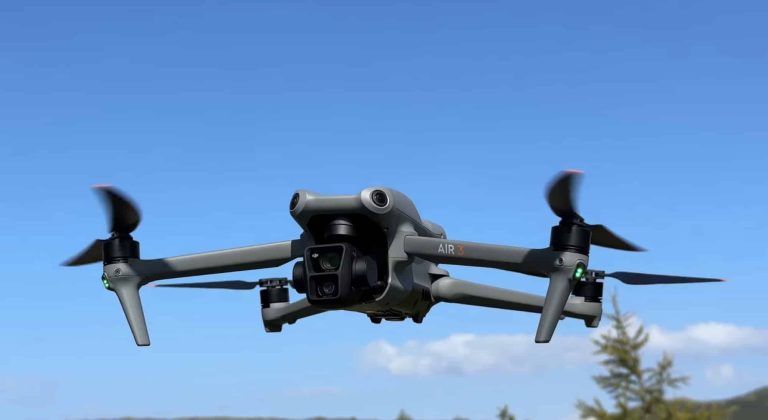
+ There are no comments
Add yours